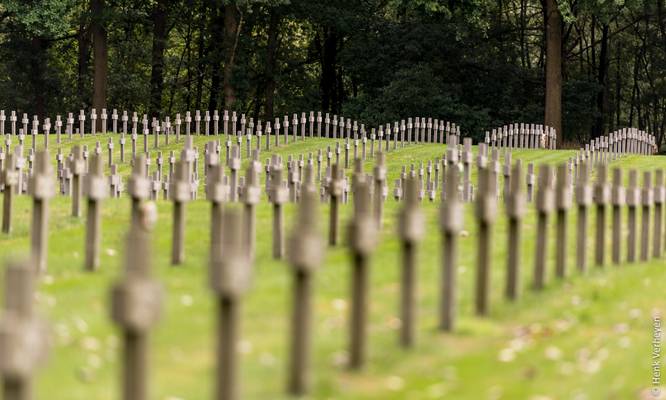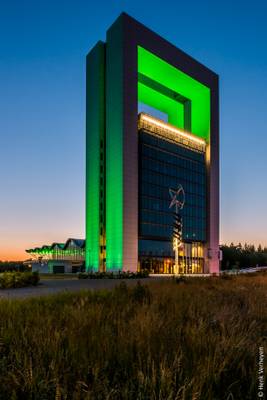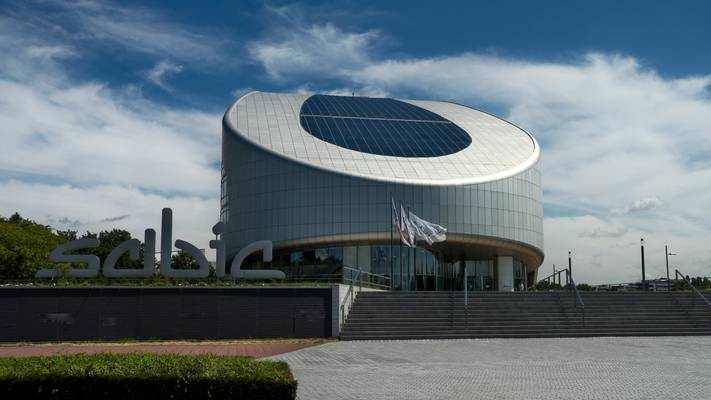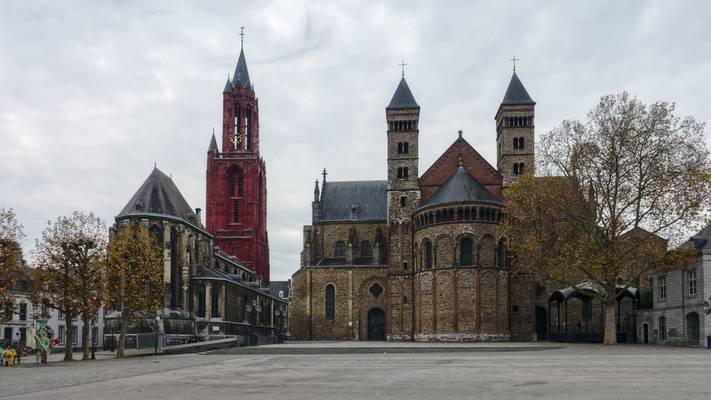
Waterschap Limburg

by Rob Oo
St. Janskerk (L) and St. Servaas Basiliek at Vrijthof Maastricht, The Netherlands.
nl.wikipedia.org/wiki/Sint-Janskerk_(Maastricht)
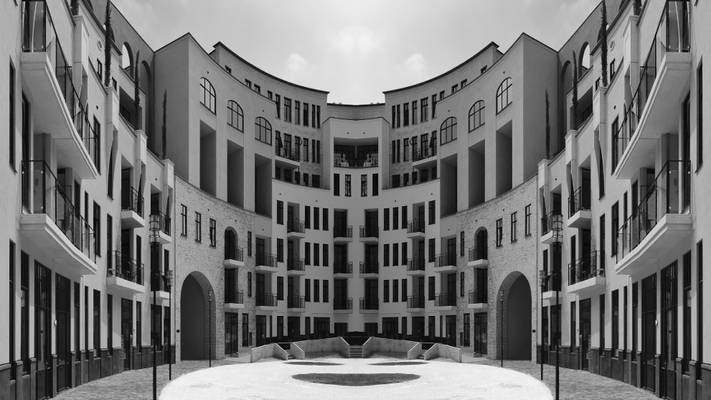
by Rob Oo
Maankwartier, Heerlen, The Netherlands.
Design: Michel Huisman (2012).
Modified using GIMP.
![Sunrise @ Het Bergerbos - Afferden, Netherlands [Explored 4-9-2017]](https://cdn.phoide.com/Thumbs/2566fa07-175a-4ab9-98e9-3522384d77bb.jpg)
by Henk Verheyen
Heather @ Het Bergerbos - Afferden, Netherlands Early in the morning, at sunrise...

by Rob Oo
"The Lotus Flower" (2015) by Marijke de Goey. Schiveld, The Netherlands.

by Rob Oo
Maastricht, The Netherlands.
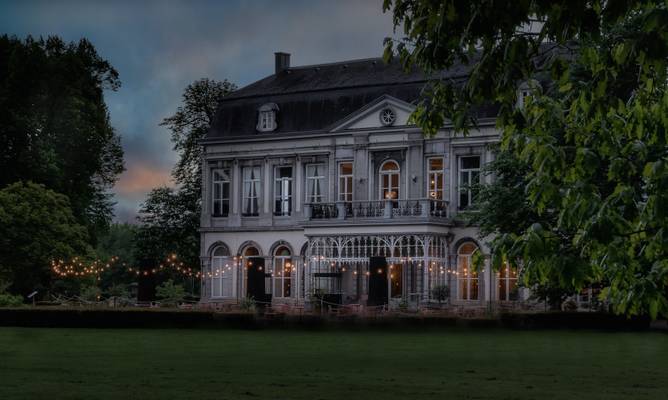
by Mario Calma
Netherlands
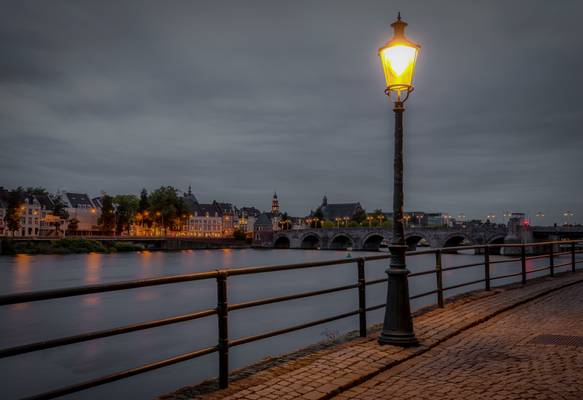
by Mario Calma
View towards the Sint Servaas Brug and the river Maas.

Dianakamer (Dianaroom), Jachtslot Mookerheide, Mook and Middelaar, Limburg, Netherlands.
Posting a good old 7 exposures HDR for a change. Using...
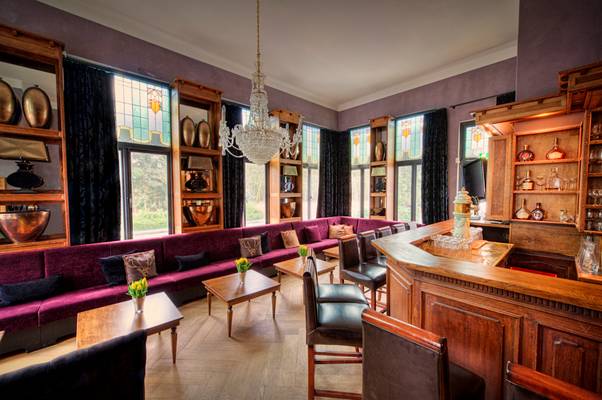
Bar area of Jachtslot Mookerheide, Mook and Middelaar, Limburg, Netherlands.
**Tech: Nikon D700 Nikkor 14-24 mm f/2.8 14 mm ISO 200 f/16 HDR from...
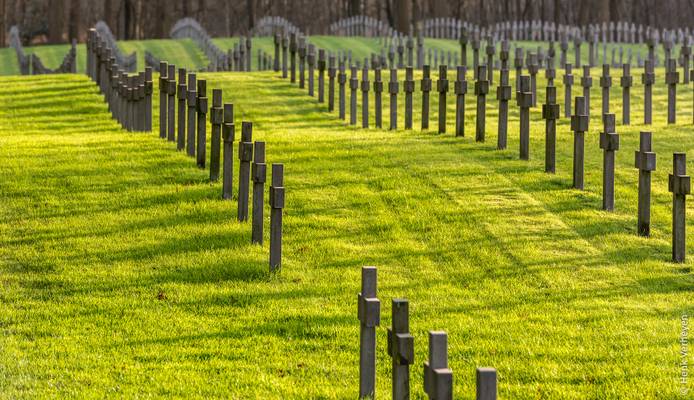
by Henk Verheyen
Ysselsteyn German war cemetery at Timmermansweg 75, covers about 28 hectare or 70 acres and contains the graves of 31,598 German war dead, most of whom who died in the Netherlands during World War II. The war dead include Germans, Dutch, Poles and Russians who fought on the side of the German military. About 3,000 are war dead from the Battle of the Bulge in the Ardennes and Hürtgenwald that were initially interred next to the Netherlands American Cemetery in Margraten. In a circle near the entrance are 85 German soldiers who fell in World War I and whose bodies ended up in the Netherlands by floating down rivers, mainly the Meuse. (The Netherlands were neutral in World War I.) Almost all of the burials are in individual graves marked by a gray concrete cross. A tall cross stands in the central memorial plaza. The roads extending right and left from the plaza contain a carillon, common graves, and a memorial stone honoring the Dutch captain Johann Ludwig Timmermans, who served as manager of the cemetery from 1948 to 1976 on behalf of the Dutch government, and whose ashes were scattered at the cemetery at his request after his death. Ysselsteyn is the largest German war cemetery in the world.[2]
Ysselsteyn German war cemetery is now the only German war cemetery in the Netherlands as after World War II all German fatalities were concentrated there. Since 1976 it is administered by the German War Graves Commission, the Volksbund Deutsche Kriegsgräberfürsorge.
Next to the cemetery is Youth Meeting Centre Ysselsteyn, a youth camp and education center.
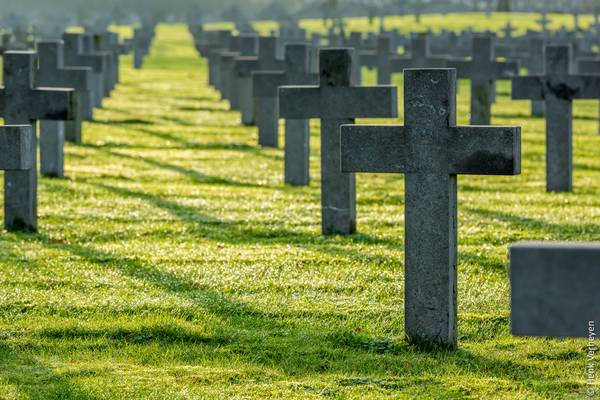
by Henk Verheyen
Ysselsteyn German war cemetery at Timmermansweg 75, covers about 28 hectare or 70 acres and contains the graves of 31,598 German war dead, most of whom who died in the Netherlands during World War II. The war dead include Germans, Dutch, Poles and Russians who fought on the side of the German military. About 3,000 are war dead from the Battle of the Bulge in the Ardennes and Hürtgenwald that were initially interred next to the Netherlands American Cemetery in Margraten. In a circle near the entrance are 85 German soldiers who fell in World War I and whose bodies ended up in the Netherlands by floating down rivers, mainly the Meuse. (The Netherlands were neutral in World War I.) Almost all of the burials are in individual graves marked by a gray concrete cross. A tall cross stands in the central memorial plaza. The roads extending right and left from the plaza contain a carillon, common graves, and a memorial stone honoring the Dutch captain Johann Ludwig Timmermans, who served as manager of the cemetery from 1948 to 1976 on behalf of the Dutch government, and whose ashes were scattered at the cemetery at his request after his death. Ysselsteyn is the largest German war cemetery in the world.[2]
Ysselsteyn German war cemetery is now the only German war cemetery in the Netherlands as after World War II all German fatalities were concentrated there. Since 1976 it is administered by the German War Graves Commission, the Volksbund Deutsche Kriegsgräberfürsorge.
Next to the cemetery is Youth Meeting Centre Ysselsteyn, a youth camp and education center.
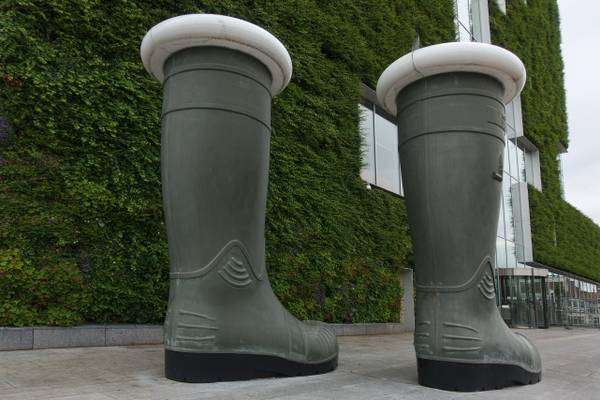
by Rob Oo
‘The Boots of the Hunter’ by Pii Daenen (2010) in front of the town hall in Venlo, The Netherlands. 4.5 meter tall; the ring on top emits light at nght.
With respect to the current floodings, a remarkable sight.
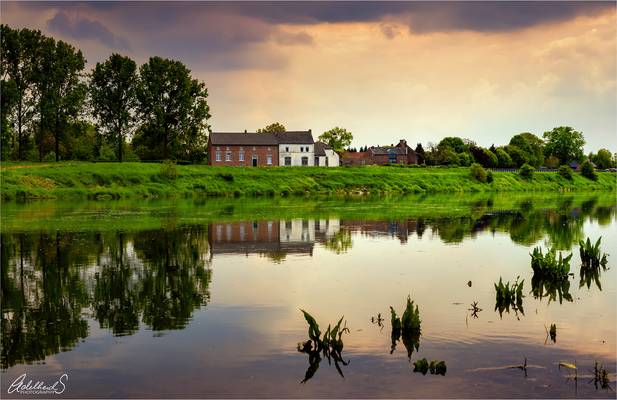
by Adelheid Smitt
A section of the Meuse flows along the border between Holland and Belgium, and has a lot of shipping traffic, except on this stretch where a parallel canal takes care of that leaving the river untouched for photographers.

by Adelheid Smitt
This is a blue hour I took in one of the cities in the southern part of the Netherlands. The town name means 'mouth of the Roer'. The Roer is a small river that winds its way from the Eifel plateau via Germany, and ends up in the Meuse just after passing the church tower in the photo. Getting the reflection was not easy as a group of ducks were convinced that I was going to throw food at them from the bridge, and kept turning circles just in my field of view.
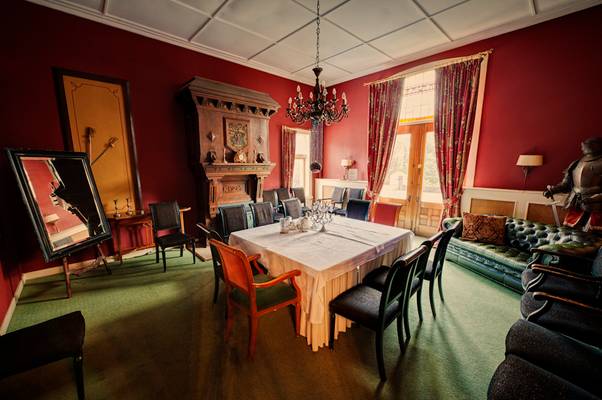
Visited family yesterday in Nijmegen, I brought my camera gear to have an excuse to get out of the house :) Weather was bad so went to a beautiful...
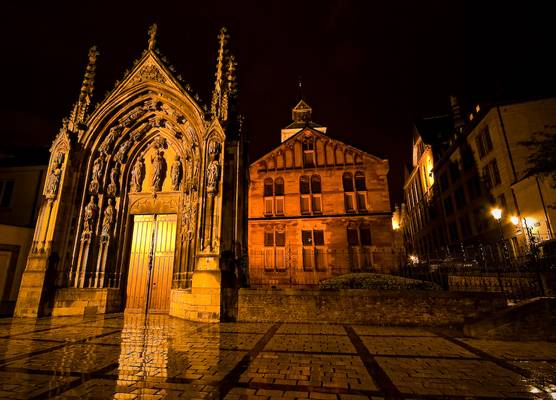
Sint Servaas Monastery, Maastricht, Limburg, Netherlands.
**Follow me: allardschager.com | Twitter | Facebook Page |...
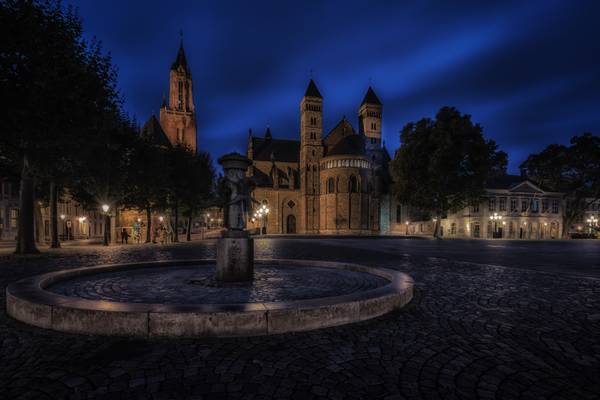
by Mario Calma
Vrijthof Maastricht
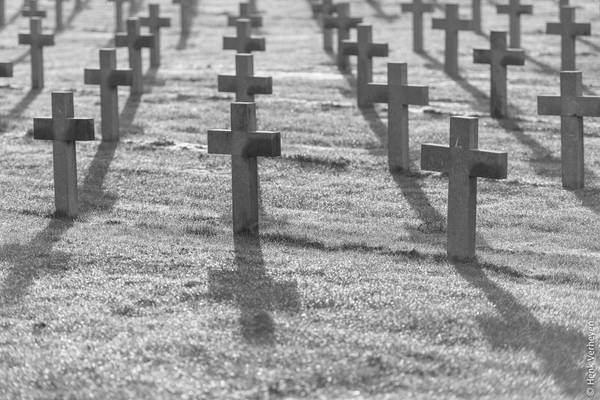
by Henk Verheyen
Ysselsteyn German war cemetery at Timmermansweg 75, covers about 28 hectare or 70 acres and contains the graves of 31,598 German war dead, most of whom who died in the Netherlands during World War II. The war dead include Germans, Dutch, Poles and Russians who fought on the side of the German military. About 3,000 are war dead from the Battle of the Bulge in the Ardennes and Hürtgenwald that were initially interred next to the Netherlands American Cemetery in Margraten. In a circle near the entrance are 85 German soldiers who fell in World War I and whose bodies ended up in the Netherlands by floating down rivers, mainly the Meuse. (The Netherlands were neutral in World War I.) Almost all of the burials are in individual graves marked by a gray concrete cross. A tall cross stands in the central memorial plaza. The roads extending right and left from the plaza contain a carillon, common graves, and a memorial stone honoring the Dutch captain Johann Ludwig Timmermans, who served as manager of the cemetery from 1948 to 1976 on behalf of the Dutch government, and whose ashes were scattered at the cemetery at his request after his death. Ysselsteyn is the largest German war cemetery in the world.[2]
Ysselsteyn German war cemetery is now the only German war cemetery in the Netherlands as after World War II all German fatalities were concentrated there. Since 1976 it is administered by the German War Graves Commission, the Volksbund Deutsche Kriegsgräberfürsorge.
Next to the cemetery is Youth Meeting Centre Ysselsteyn, a youth camp and education center.
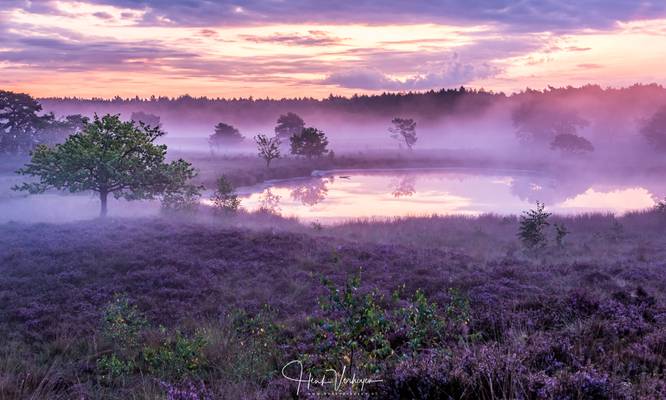
by Henk Verheyen
Heather @ Het Bergerbos - Afferden, Netherlands Early in the morning, just before sunrise...
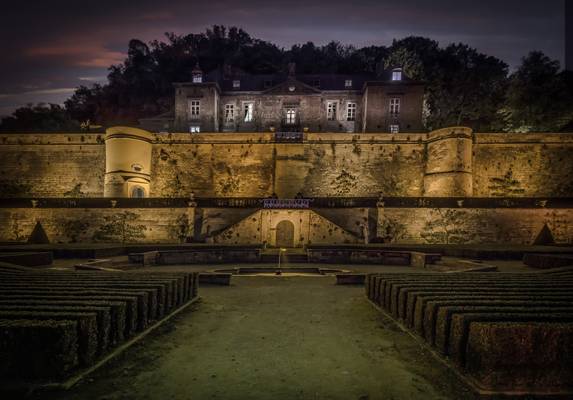
by Mario Calma
Belgium
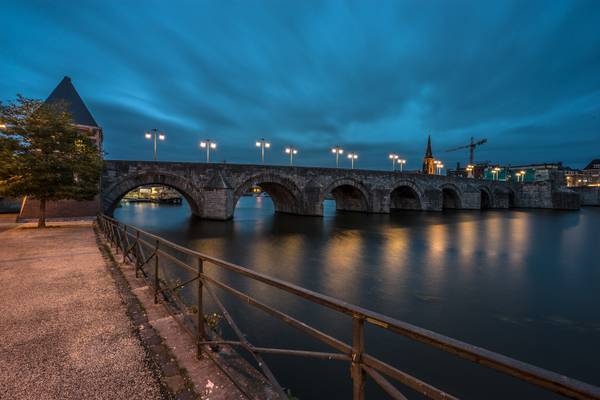
by Mario Calma
Sint Servaas Brug Maastricht
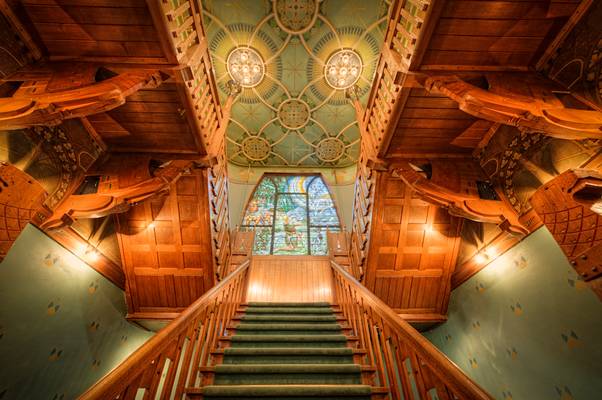
Impressive staircase of Jachtslot Mookerheide, Mook and Middelaar, Limburg, Netherlands.
**Tech: Nikon D700 Nikkor 14-24 mm f/2.8 14 mm ISO 200...
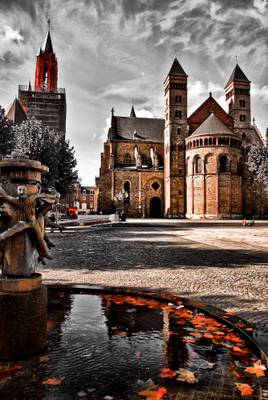
Captured @ Vrijthof, Maastricht, Limburg, Netherlands.
I muted all colours but red and orange, to create a Sin City effect.
**Follow me: ...
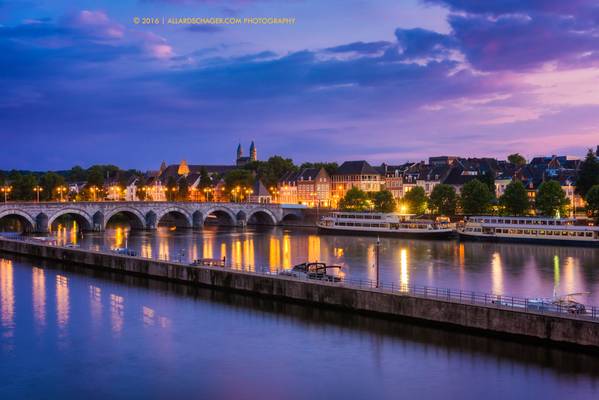
Maastricht, Netherlands with 13th Century Sint Servaas bridge and Maas River around sunset on summer evening.
**Follow me: Instagram | Twitter |...
Thanks to all Phoide contributors to Waterschap Limburg!
Most notably Henk Verheyen, Rob Oo and Mario Calma.
